Glassmaking is a bit like magic. Artisans take sand, soda ash, and limestone and heat the mixture up to 2,000 degrees Fahrenheit. The result is a fiery liquid that craftsmen can mold into practically any shape they can envision. Sure, sometimes glass is just drinking glasses and jars for spaghetti sauce. But other times, the glass becomes a malleable artistic medium limited only by the imagination of the artisans themselves.
In glass factories around the world, visitors witness these mesmerizing transformations, and in some cases even participate in the process. Each factory is a theater where fire and craftsmanship converge to forge a spectacle of glowing molten glass that artisans can skillfully coax into stunning shapes. Some of the glass is clear as…well…crystal. But glass can also burst forth with the wild, frenzied colors of a fever dream.
In the realms of glass-making, names like Waterford, Murano, and Baccarat resonate with a special significance. More than just brands, they represent rich histories and intricate craftsmanship, making a visit to their factories a lot like stepping into the past.
Waterford Crystal — Ireland
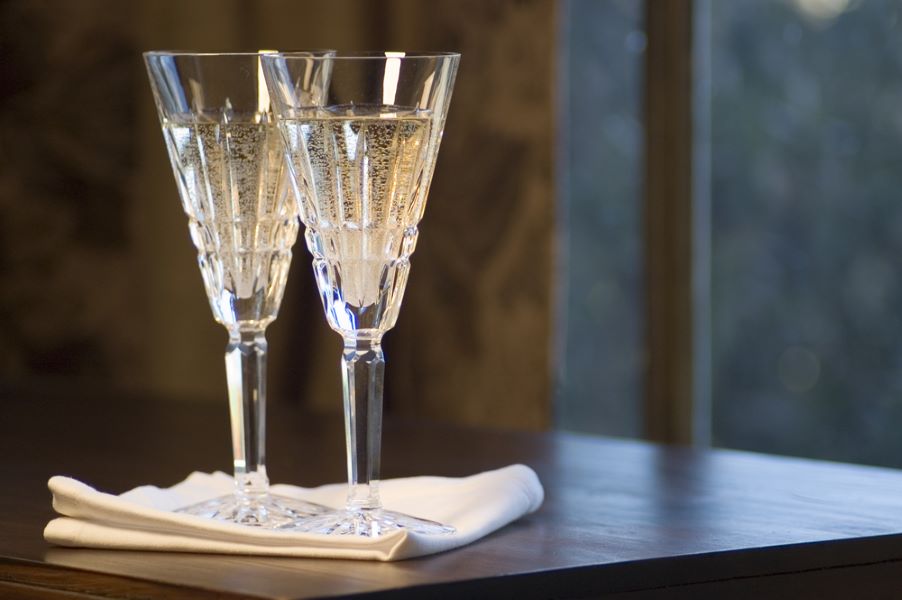
In the historic city of Waterford, Ireland, the renowned Waterford Crystal beckons both the serious collector and the casual tourist. As visitors walk through the factory, they are greeted with the harmonious clinking of crystal and the soft glow of furnaces. The air is filled with the anticipation of witnessing raw materials being transformed into exquisite cut-glass crystal pieces.
The factory also houses a captivating museum that chronicles the evolution of Waterford Crystal, displaying both historical pieces and contemporary designs. This museum provides a visual feast of some of the most iconic and intricate works created by the brand. The factory also hosts workshops and demonstrations, giving guests a hands-on understanding of the glassmaking process. These workshops, led by skilled artisans, offer a rare opportunity to learn about the techniques and precision involved in crystal making. For those interested in a more personal memento, the factory includes a retail space where visitors can purchase their own piece of Waterford Crystal.
Kosta Boda & Orrefors — Sweden
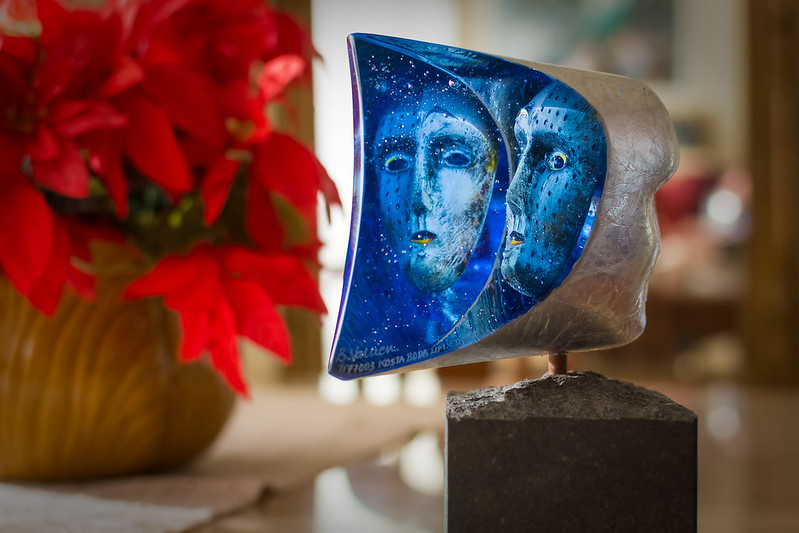
Head of Janus – Kosta Boda Sculpture by Bertil Vallien by Eduardo Melon licensed under CC BY-NC-ND 2.0 DEED
Kosta Boda and Orrefors are two of Sweden‘s most revered glassmaking brands, each with a rich history that has shaped the world of art glass. Kosta Boda, founded in 1742, is the oldest operating glassworks in Sweden, renowned for its bold, colorful, and innovative designs. Orrefors, established later in 1898, quickly distinguished itself with exquisite crystal glassware and art glass, often characterized by clear, clean lines and a purity of form. In 1990, these two iconic brands joined forces, combining their formidable heritages and expertise to further elevate Swedish glass art on the global stage.
Both factories feature museums where the illustrious histories of the brands come to life through an array of exhibits. These displays showcase both historical pieces and contemporary works, highlighting the evolution and artistic journey of Swedish glassmaking. For those looking to immerse themselves further, the factories offer hands-on experiences. Workshops led by skilled artisans allow visitors to try their hand at glassblowing and other techniques, providing a glimpse into the intricacies of glass art creation. Additionally, on-site shops present the opportunity to purchase pieces from both Kosta Boda and Orrefors’ collections, ranging from functional items to decorative masterpieces.
Murano Glass — Venice, Italy
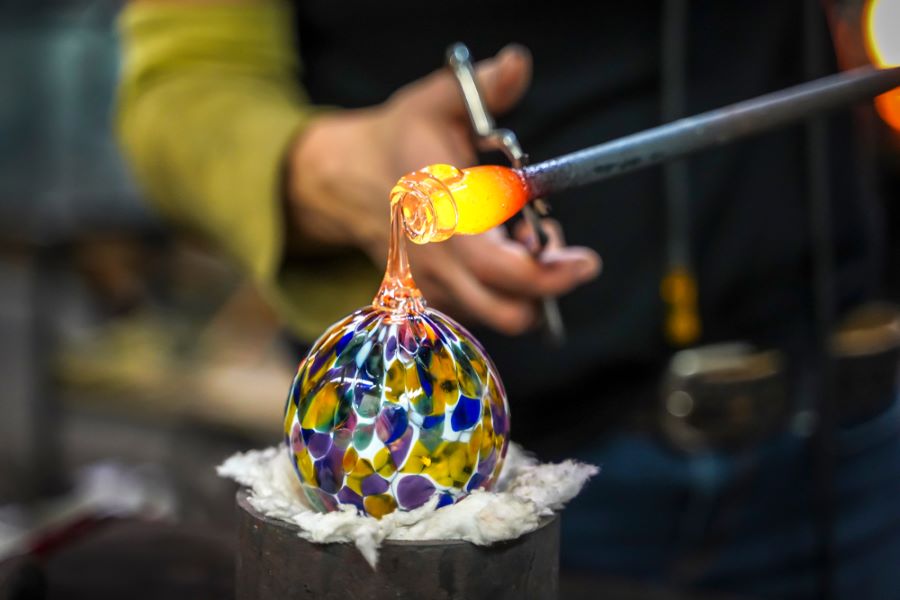
Murano Glass, synonymous with Italian craftsmanship and artistry, hails from the small island of Murano near Venice. The story of Murano glass begins in the late 13th century when the Venetian Republic, fearing fire and destruction of the city’s mostly wooden buildings, ordered glassmakers to move their foundries to Murano. This move not only safeguarded Venice but also helped Murano develop into a center of glassmaking excellence. Over the centuries, Murano’s glassmakers have become famous for their unparalleled skill and their innovative techniques.
For visitors, Murano offers an immersive experience. The island is dotted with working glass factories where tourists can witness the fascinating process of glassmaking. Demonstrations typically allow for up-close observation, providing insight into the intricacy and skill involved in this craft.
Murano also boasts several museums dedicated to the art of glassmaking, of which the Museo del Vetro (Glass Museum) is a standout. Here, visitors can explore a vast collection of historical glass, including pieces that date back to the Roman Empire, and trace the evolution of glassmaking through the ages. Many studios on the island offer workshops in which visitors can try their hand at glassmaking, creating their own souvenir to take home. The island is also famous for its numerous shops selling authentic Murano glass products, from intricate jewelry to elaborate sculptures.
Baccarat Crystal — France
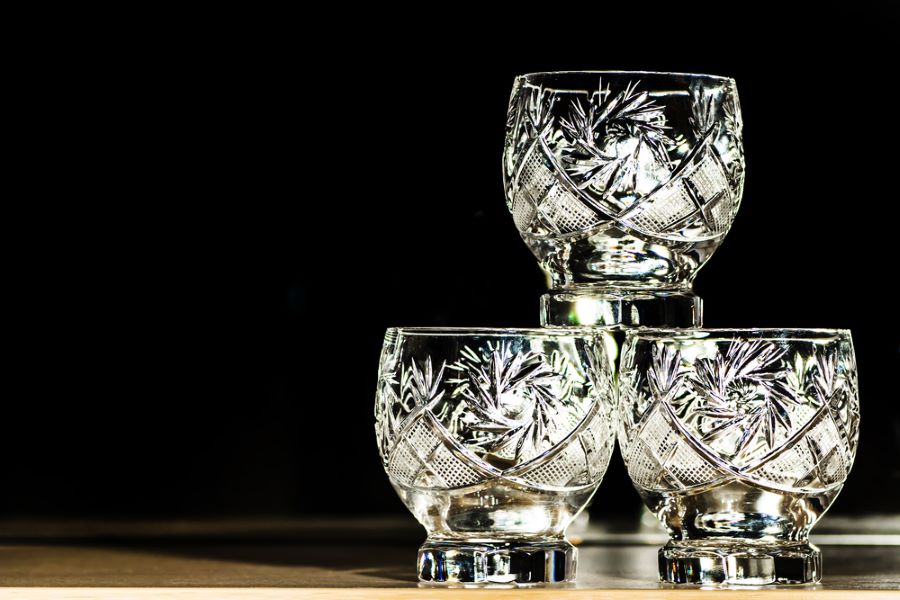
Baccarat, a symbol of French art de vivre, invites visitors to its historic factory in Lorraine, France. Here, one can experience the exquisite craftsmanship behind the world-renowned Baccarat crystal. Established in 1764, this prestigious crystal works blends tradition with innovation, evident in its mesmerizing chandeliers, tableware, and decorative pieces. The guided factory tours offer a glimpse into the meticulous processes of crystal blowing, cutting, and engraving.
Just steps away, the Baccarat Museum showcases a stunning collection of historical and contemporary creations, illustrating the brand’s artistic journey. For those keen on hands-on experience, Baccarat occasionally organizes workshops, allowing enthusiasts to engage directly with the art of crystal making. The on-site boutique offers a range of elegant Baccarat products, perfect for adding a touch of luxury to any collection.
Lalique — France
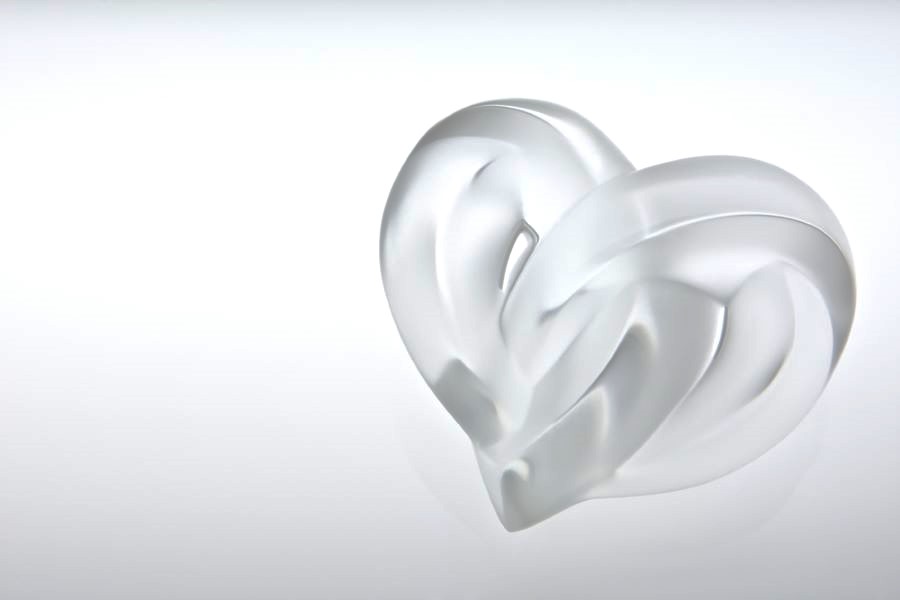
In the scenic village of Wingen-sur-Moder, Alsace, Lalique opens the doors to its exquisite world of crystal art. Founded by the visionary artist René Lalique, the brand is synonymous with exceptional craftsmanship and timeless design. Visitors witness the precision and skill involved in creating Lalique’s signature pieces, from intricate jewelry to stunning glass sculptures.
The nearby Musée Lalique celebrates the legacy of René Lalique. The museum, nestled in a lush forest setting, displays an extensive array of Lalique’s work, including unique jewelry, vases, and decorative objects. The immersive experience is complemented by workshops and demonstrations, offering a deeper understanding of glassmaking artistry. The Lalique boutique, part of the visit, presents a selection of exquisite pieces, embodying the elegance and refinement of the Lalique brand.
Corning Glass — New York
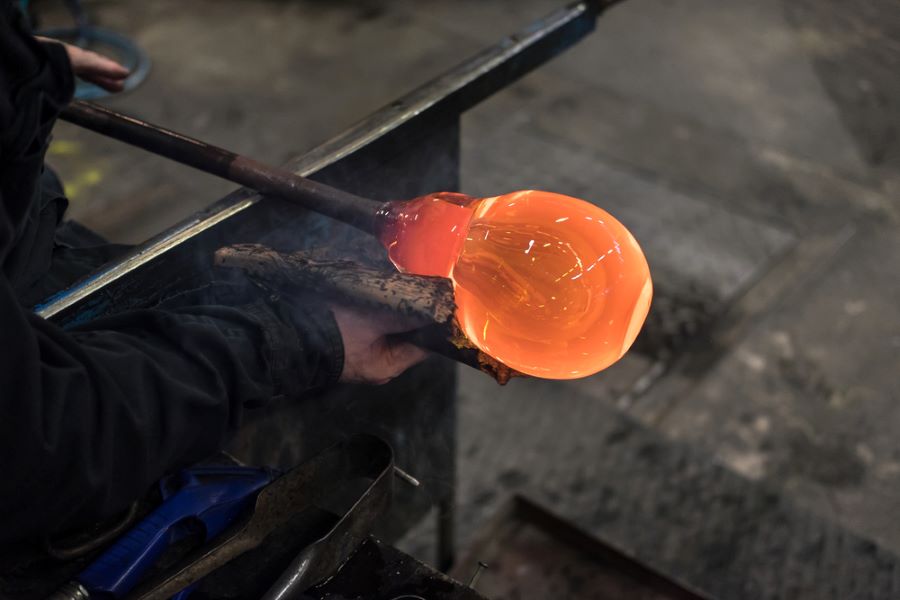
The city of Corning, New York, is synonymous with innovative glassmaking. Home to the world-famous Corning Incorporated, founded in 1851, this city has played a pivotal role in the evolution of glass technology. Corning is celebrated for its contributions to glass science, including the development of Pyrex and the glass for the Hubble Space Telescope’s mirror.
At the heart of this glassmaking hub is the Corning Museum of Glass, a must-visit for anyone interested in the art and science of glass. The museum offers a comprehensive view of glass history, art, and technology through its expansive collection, spanning over 3,500 years of glassmaking. Interactive exhibits, live glassblowing demonstrations, and workshops provide visitors with a hands-on understanding of glass and its myriad uses.
The museum’s Hot Glass Shows are a highlight, during which skilled glassblowers craft intricate pieces. Additionally, the museum offers visitors the chance to try glassmaking in their Make Your Own Glass workshops, an opportunity to create a personal glass artifact. Corning is also home to numerous shops selling glass artworks and products, from functional items to decorative pieces. These shops often feature work by local and international glass artists, reflecting the city’s global influence in the glass art world.
You Might Also Enjoy: Love Swiss Chocolate? Take a Chocolate Tour of Switzerland!
Czech Republic
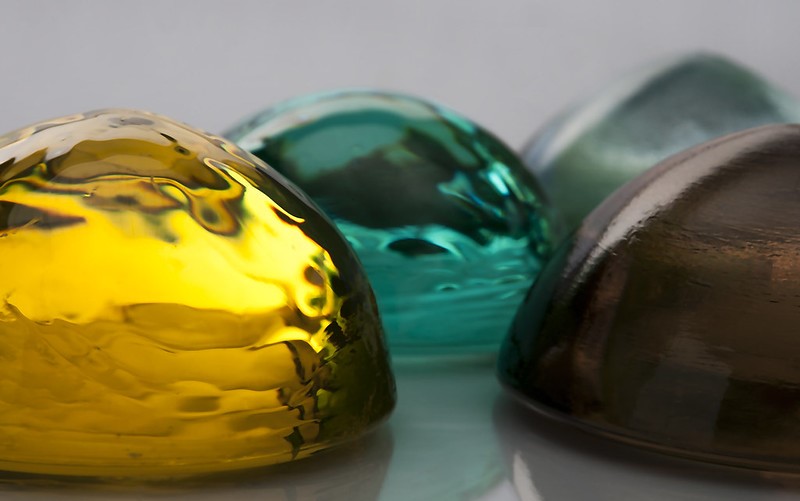
Traditional Czech Glass by PRECIOSA ORNELL licensed under CC BY 2.0 DEED
The Czech Republic, particularly the Bohemia region, is renowned worldwide for its long heritage in glassmaking, a tradition deeply rooted in its history and culture. Czech glass, often referred to as Bohemian glass, is celebrated for its high quality, craftsmanship, and innovative design.
The country’s numerous glass factories and workshops, some of which have been operating for centuries, produce everything from elegant crystal to colorful art glass. Tourists can witness the traditional methods of glassblowing, cutting, and engraving, observing artisans as they transform molten glass into beautiful objects.
The Czech Republic boasts a number of towns that are known for their glassmaking histories, including Nový Bor, Jablonec nad Nisou, and Karlovy Vary. These towns house various glass museums and galleries showcasing both historical and contemporary glassworks, reflecting the evolution of Czech glass art through the ages. Many of these glassmaking facilities offer hands-on workshops, providing visitors with the opportunity to experience the art of glassmaking first-hand, creating their own glass pieces as a unique souvenir. The Czech Republic is also known for its glass shops and showrooms, where visitors can purchase a piece of Czech glassmaking heritage to take home.
FAQs:
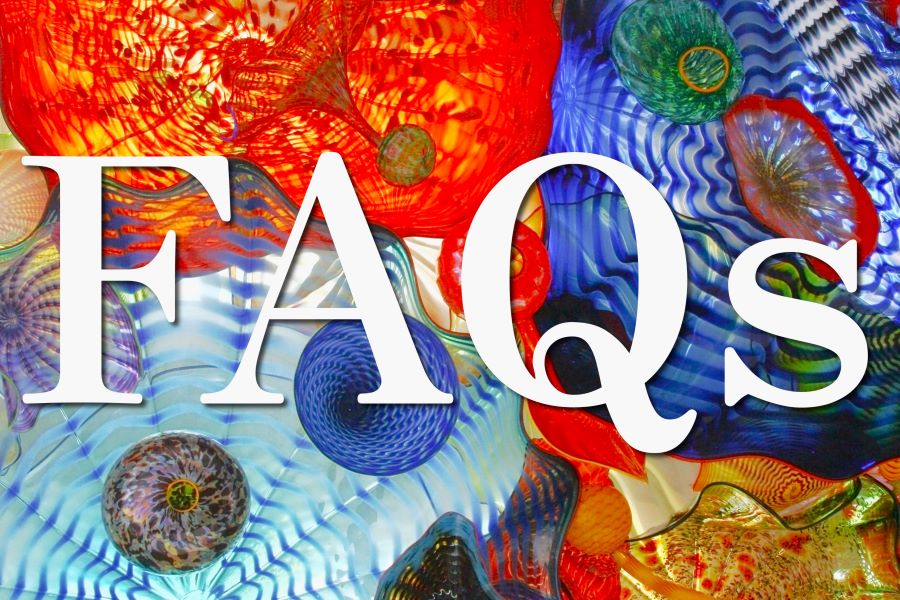
Q: What are the operating hours for these glass factories?
A: Each factory has its own operating schedule. Generally, they are open from 9:00 AM to 5:00 PM, but it’s best to check their official websites for the most accurate and up-to-date information.
Q: Are reservations required for factory tours?
A: While some factories welcome walk-ins, reservations are highly recommended, especially during peak tourist seasons. You can usually book a tour through the factory’s website or by contacting them directly.
Q: Is photography allowed inside the factories and museums?
A: Photography policies vary. Some places allow it in specific areas, while others prohibit it entirely, particularly in workshops and production areas. It’s best to check with the factory beforehand or follow the guidelines provided upon arrival.
Q: Are there facilities for visitors with disabilities?
A: Most locations are accessible to visitors with disabilities, but it’s advisable to contact the factory in advance to ensure they can accommodate specific needs.
Q: Can children participate in the factory tours and workshops?
A: Children are welcome on tours, but age restrictions may apply for workshops due to safety reasons. It’s best to check the age requirements for each location.
Have you ever visited any of these glass factories or museums? Tell us about it in the comments below!




Leave a Reply